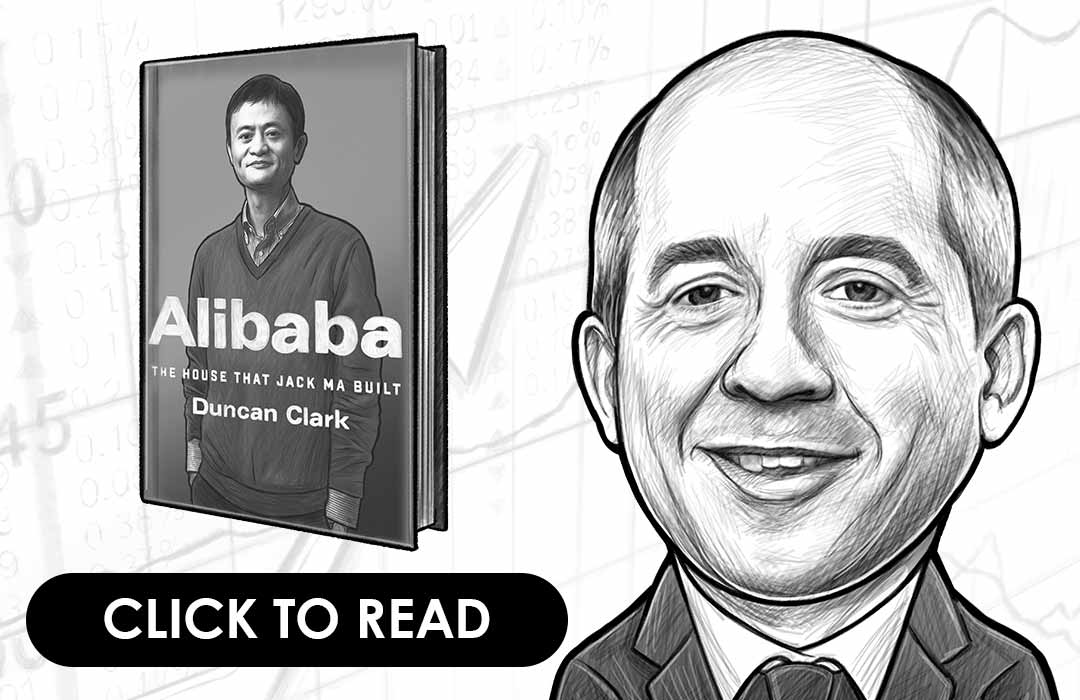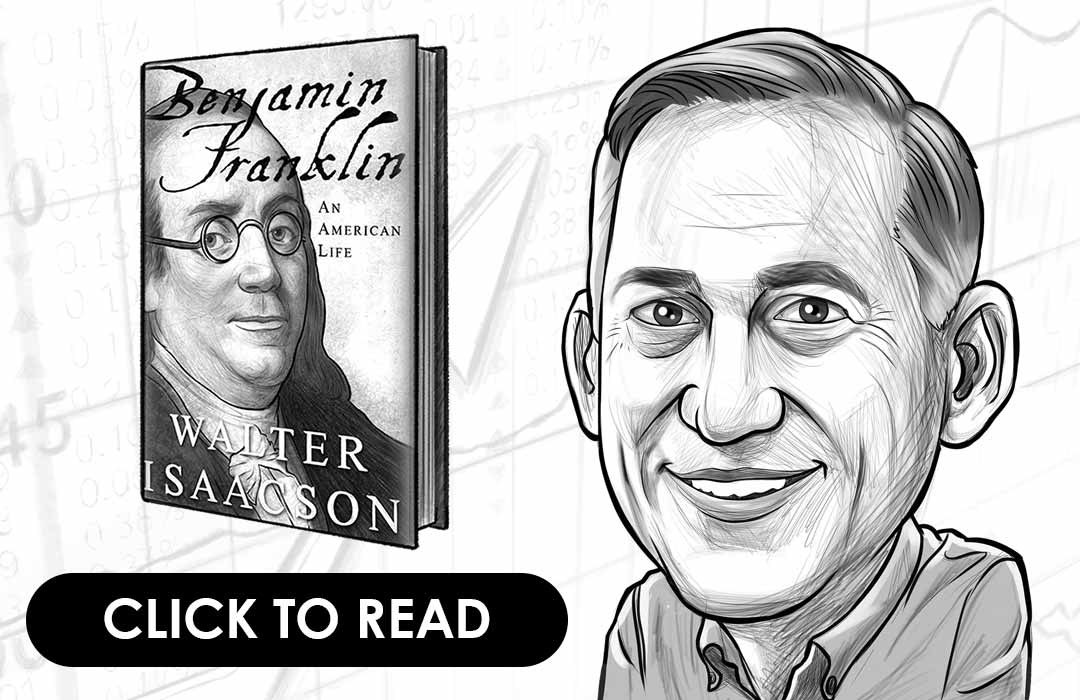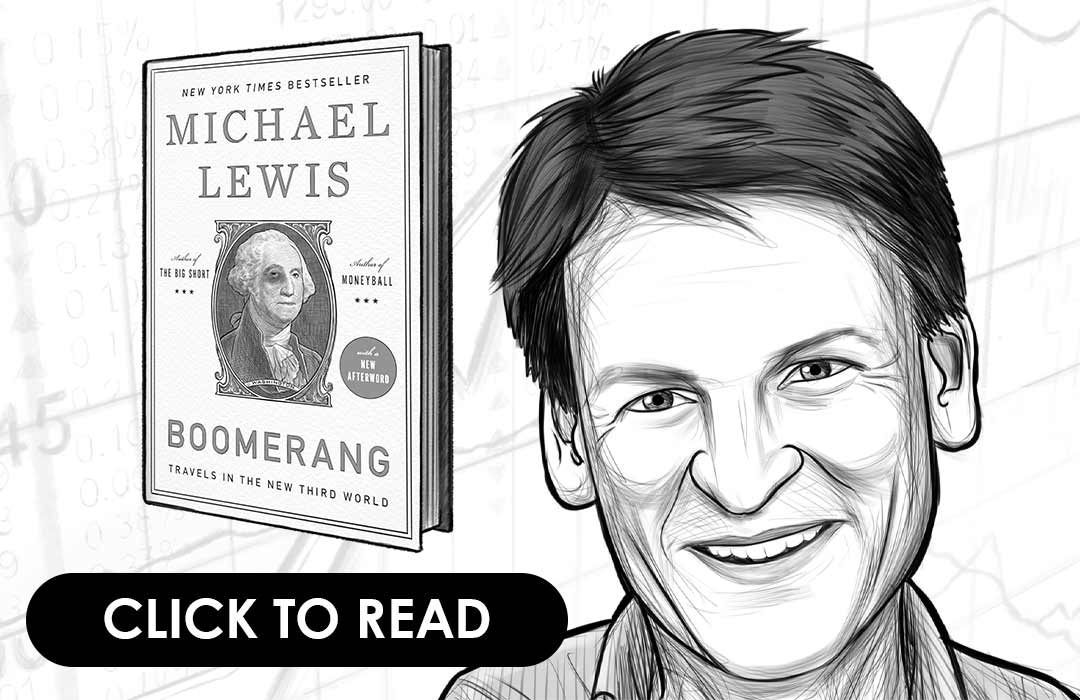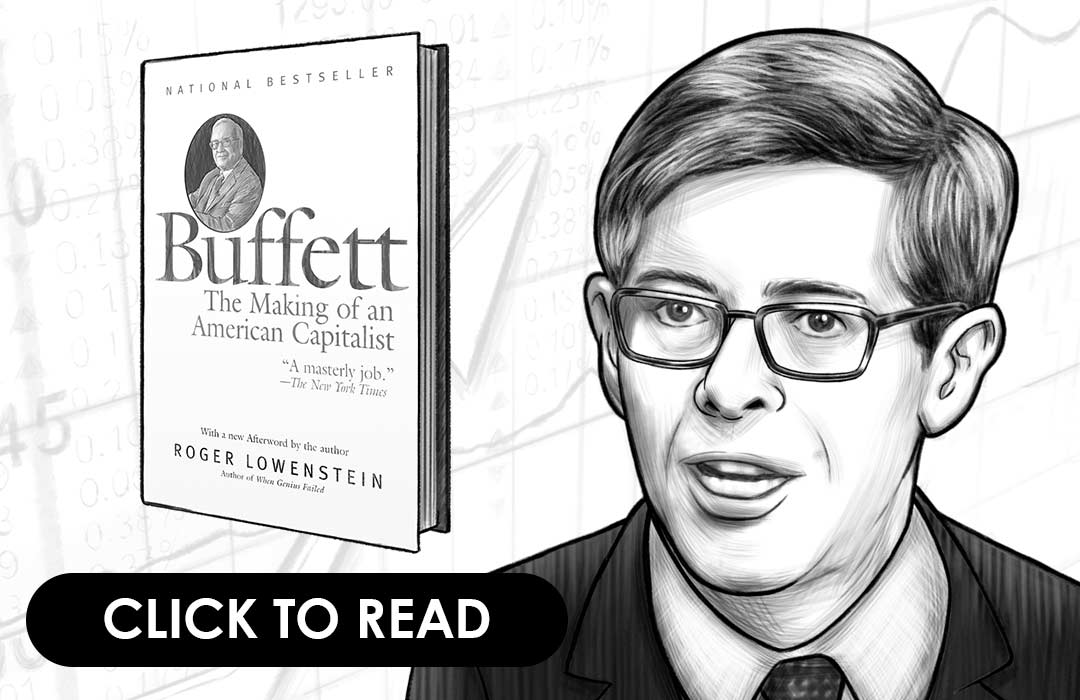An Executive Summary Of The Power Of Habit
Why We Do What We Do In Life And Business By Charles Duhigg
WHO IS CHARLES DUHIGG?
Charles Duhigg, an American author and journalist, was born in Mexico in 1974. He graduated from the prestigious Yale University and went on to work at The New York Times. The team he was working with won the Pulitzer Prize for their explanatory reporting and Charles has also co‐authored articles that dealt with business practices. Read on to know more about Charles Duhigg and his detailed explanation as to why we do what we do, whether it’s life or business, in this book: The Power of Habit.
PRESTON AND STIG’S GENERAL THOUGHTS ON THE POWER OF HABIT
This was one of the best books I’ve ever read. This book can literally change your life if you let it. We were initially inclined to read Charles’s book because of Andrew Carnegie. Carnegie was a huge proponent of focusing on your habits and learning how to cultivate productive habits into your life. He also believed that you could engender habits so much that they become subconscious behavior. We didn’t know if this book would provide us with some of the tools to achieve this effect, but we were willing to give it a try. At the conclusion of the read and a few weeks to test it out, we were overwhelmingly surprised at how effective this book has been to bring real change into our own lives. As far as I’m concerned this is a mandatory read for anyone trying to improve and accomplish more in their own lives – which should be everybody.
Understand the financial markets
in just a few minutes.
Get the daily email that makes understanding the financial markets
easy and enjoyable, for free.
CHAPTER 1: THE HABIT LOOP: HOW HABITS WORK
In this very first chapter, Charles gets straight to the point and talks about how habits form an important part of our lives. This chapter begins with a story about Eugene Pauly who, through his sickness, helped scientists understand how we humans form habits. Although Eugene was operated because of a virus that had almost destroyed his brain, Eugene recovered easily. However, he began to have short‐term memory problems after the surgery.
Then, a series of bizarre events occurred and though Eugene couldn’t even recollect where his kitchen was located, he could easily satisfy his hunger by walking into the kitchen, opening the drawer and fishing out a jar of nuts. He couldn’t remember where his house was, but he never asked for directions and walked back home safely after his walk every day. This made doctors understand that the importance of habits. The part of the brain that was responsible for remembering things were not controlling his habits and therefore, he could perform simple tasks easily.
Similarly, we perform a lot of tasks just by pure habit because our brain saves efforts by clubbing sequences of several actions into routines that are automatic. The process consists of three steps that continue in a loop. The first step is the cue where a trigger alerts the brain to slip into an automatic mode to perform a routine. The routine is the second step and this could either be mental, physical or emotional behavior that comes after the cue. After these two actions comes the third step, which is a reward where it sends a signal to the brain saying that the routine is worth remembering since it’s working well. In other words, we can control our habits if we simply understand how they work.
CHAPTER 2: THE CRAVING BRAIN: HOW TO CREATE NEW HABITS
In this chapter, Charles explains how cravings help us form new habits. Our cravings are so powerful that it drives us to develop habits unconsciously. To explain this better, Charles takes the example of Claude Hopkins – the man who used his skills to make toothpaste famous. Incredibly, brushing one’s teeth was rare in the 20th century in America and people hardly brushed their teeth. However, once Claude advertised that brushing helped people remove the film that clung to their teeth, the sales rocketed. In fact, the claim was false because the film is only natural and the toothpaste isn’t responsible to remove it, but since Claude had used a “cue” – removing the film – and also advertised a “reward” – beautiful teeth – people bought the toothpaste.
The craving for the reward was what made people suddenly buy loads of toothpaste. Similarly, you can create new habits by developing a craving. For example, if you think about looking fit and healthy as a reward, your brain will make exercising a habit. So, if you put the cue and routine together to get the reward, you are more likely to get what you want. However, remember that just the cue and routine won’t work. Your craving has to be strong enough to make your brain yearn for the reward and it’s this powerful craving that will make you wear your jogging shoes every day. It’s that simple.
CHAPTER 3: THE GOLDEN RULE OF HABIT CHANGE: WHY TRANSFORMATION OCCURS
This chapter explores how one can quit bad habits. It’s not easy to change a habit because it’s drilled in the brain, but you can cheat a bit by changing things in the cue/reward routine. Charles explains this by taking the Alcoholics Anonymous (AA) example. The program is successful because the cue and the reward remains the same, but the routine changes a bit. People who drink alcohol don’t necessary do it because they yearn for intoxication, but they also do it because alcohol offers relaxation, emotional release and an escape from their lives. Thus, if they find that relaxation through other means, but manage to keep the cue and reward the same, it’s possible to change habits.
People who join the AA groups are able to transform their habits because they believe that it’s possible to change. In addition, the community also helps the alcoholic. Belief is the most important factor here. Once a new routine is inserted, a new habit is formed even though the cue and reward remain the same. Therefore, if you believe it’s possible for you to alter your habits, you’ll be able to convince your brain and stop your bad habits.
CHAPTER 4: KEYSTONE HABITS, OR THE BALLAD OF PAUL O’NEIL: WHICH HABITS MATTER MOST
Delving further into the science of habits, Charles talks about keystone habits in this chapter. He describes how Paul O’Neill helped transform the habits of many people in his organization by implementing a keystone habit that triggered a chain reaction. Paul was the CEO and before he began his duties, he focused on the safety of the workers that ultimately helped them increase productivity without injuries.
Many people thought he was insane, but Paul was successful majorly because of the chain reaction he had set. He knew that people were unlikely to change if he just barked orders, so he disrupted their habits around one particular thing and it spread to everybody else. Whenever a worker was injured, the VP was instructed to inform him immediately, but in order to do that, the VP had to constantly communicate with the floor managers. In turn, the managers were forced to talk to the workers regularly so that they had answers. This pattern not only helped them achieve their safety goals, but they also increased their efficiency dramatically.
Keystone habits are some habits that are more important than the others in our lives and it’s critical to identify them. This can be done by keeping goals in mind and Charles refers to them as ‘small wins’ where the brain is encouraged to proceed further to attain the reward.
CHAPTER 5: STARBUCKS AND THE HABIT OF SUCCESS: WHEN WILLPOWER BECOMES AUTOMATIC
In this section, Charles emphasizes the power of willpower – an ingredient that is critical for success in any part of our lives. Here, Charles describes a Stanford study where 4‐year old kids were made to sit in front of a table with one marshmallow each. They were told that they would receive another marshmallow if they waited for another 15 minutes. The researchers tracked down the students later and discovered that the ones who resisted their temptation were performing better than their counterparts. This exercise proves that our willpower is more essential than intelligence.
As humans, our supply of willpower is limited, so we need to conserve it. For instance, if you spend your precious time in the mornings (where you’re fresh and thinking better) on mails and other work that’s tedious, you’ll more likely to waste your willpower. However, on the other hand, if we exercise willpower on any particular area such as academics, it’s going to spill over to the other parts of our life. This is why it’s important to make your child get into sports or any field that teaches willpower. One needs to constantly exercise his willpower to keep going, because that’s the key ingredient to success.
CHAPTER 6: THE POWER OF A CRISIS: HOW LEADERS CREATE HABITS THROUGH ACCIDENT AND DESIGN
This section deals with organizations and their decision‐making abilities. While you may think that organizations make decisions based on deliberate thinking, companies don’t operate that way at all. In fact, all companies work on routines that have been established long ago. The employees simply follow the routines because it reduces uncertainty by a huge extent. Any company that doesn’t follow this is bound for trouble.
For instance, the Rhode Island hospital was operating well in early 2000s, but as soon as a few arrogant doctors rejected the inputs from the nurses and failed to follow the routine, mayhem followed. They earned a bad reputation because there were too many mistakes; however, once the company changed its procedure and made it mandatory for even the doctors to abide by the rules, they were back in business. This makes it obvious that every company has a set of rules that have been set long ago. This not only makes it easier for the employees, but the managers can breathe easy too.
CHAPTER 7: HOW TARGET KNOWS WHAT YOU WANT BEFORE YOU DO: WHEN COMPANIES PREDICT (AND MANIPULATE) HABITS
Charles continues to talk about big organizations and their practices, but he delves deeper into how they collect data about customers. Nowadays, most firms are more knowledgeable about what you want even before you know it, and that’s not a coincidence. The truth is that they invest heavily on data that gives a lot of information about customers’ lives. Although you may think different, the fact is that we all shop according to our habits. However, the only problem these companies face is that these habits are unique to each one of us and such habits are stronger than our written shopping lists.
To combat against the problem, big companies collect the shopping data of millions of individuals and with time, they can easily predict what’s going on in our lives. For instance, if you purchase a box of candies every week by 7 pm, they can quickly deduce that you have kids and you shop after you’re done with work. Similarly, these companies know that people who get married are more likely to change their brand of coffee. There are many such patterns and it’s pretty easy for the firms to understand what you really want. The next time you see food or milk coupons arriving at your doorstep even when you haven’t asked for it, remember that the company is just doing its homework.
CHAPTER 8: SADDLEBACK CHURCH AND THE MOTGOMERY BUS BOYCOTT: HOW MOVEMENTS HAPPEN
In this section, Charles explores the idea behind how movements happen. Some movements have the potential to change the world and they don’t happen easily. Social habits – our common behavior – are responsible for such movements. For instance, if you see a lot of people protesting for a cause, it’s not necessary that they all know each other. But, they all come together and stand united for something they believe. Even when there was no Twitter or Facebook, there were protests in history and many of them were successful.
According to scientists and researchers, movements begin mainly due to the strong ties between people. It starts as something simple due to the habits of the people in a community, but before you know it, it spreads far and wide. Such movements continue because the leader makes the participants develop new habits, thereby giving them a sense of ownership and identity.
To explain this better, Charles takes the example of Rosa Parks who refused to give up her seat in a bus. This occurred in December 1955 and a simple protest became a huge movement. Mrs. Parks wasn’t a big shot, but what she had was her connections. Even her weak ties helped her because it only enlarged her circle of acquaintances.
Understand the financial markets
in just a few minutes.
Get the daily email that makes understanding the financial markets
easy and enjoyable, for free.
CHAPTER 9: THE NEUROLOGY OF FREE WILL: ARE WE RESPONSIBLE FOR OUR HABITS?
Charles talks about the study conducted by a neurosurgeon in this chapter. It’s interesting to note that the study compared the brains of pathological gamblers against social gamblers. While pathological gamblers registered near misses as wins, social gamblers termed them as losses. This is the biggest difference and it’s exactly what makes a gambler keep trying until he loses everything.
Charles asserts this is yet another habit loop where the gambler’s mind thinks that it’s a reward, thereby forcing him to play more. For a social gambler on the other hand, the same cue forces him to stop playing and he will be happy because he feels that he stopped losing money. Incredible, isn’t it? This proves that we have the capacity to change our habits and better our lives. Once we understand how our habits work, we can transform ourselves. The only thing is that you need to be aware of your habit and regardless of how strong it is, you have the ultimate power to change it.







